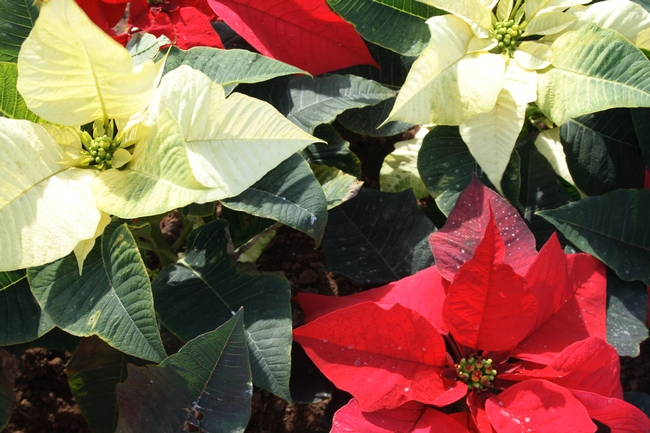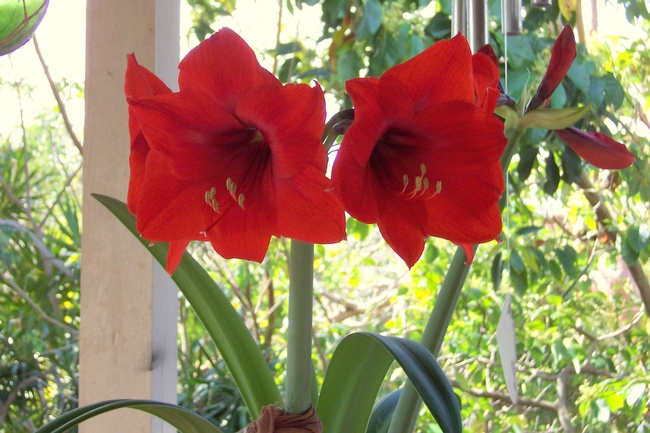
Plant poisoning can range from simple rashes and blisters all the way to organ damage and in severe cases death. Be safe this holiday season by being mindful of what plants and flowers you are either giving, receiving or decorating with. Common holiday plants that pose a toxic risk are; Amaryllis (bulb portion), Chrysanthemums, Holly (berries), Mistletoe (berries and leaves) and Poinsettia. 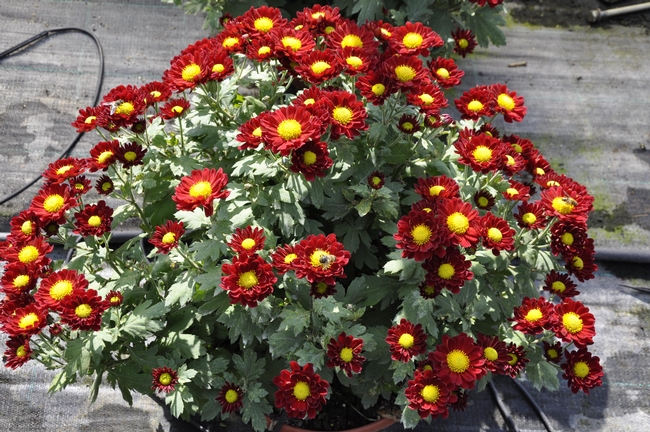
Seven simple steps can be taken to help minimize the risk that poisonous or toxic plants cause when brought into the home:
- Know what plants you have in your home and the health risks they pose
- Place poisonous plants out of reach of children and pets
- Teach children not to put any part of a plant in their mouth
- Discard plant leaves and flowers in a safe way so that children and pets cannot get to them
- Use protective gloves and clothing when handling plants that may be irritating to the skin
- Wash your hands after handling plants
- Don't garnish food trays or tables with poisonous plants
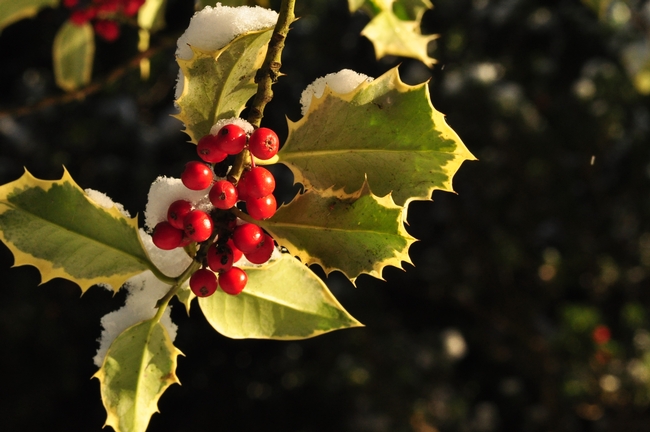 Holly plants (Ilex sp.) have toxic berries.
Holly plants (Ilex sp.) have toxic berries.
Signs of poisoning range from dizziness, nausea, vomiting, diarrhea to stomach cramps. Some plants cause irritation to the skin, mouth and tongue and immediate burning pain. The signs of poisoning may not appear immediately so if you suspect that someone has been poisoned by a plant, telephone your doctor of the Poison Control Center 1(800)222-1222.
If you are advised to go to an emergency room, take the plant or a part of it with you (take more than a single leaf or berry). Take the label, too, if you have it. The correct name can result in the proper treatment if the plant is poisonous. If the plant is not dangerous, knowing the name can prevent needless treatment and worry.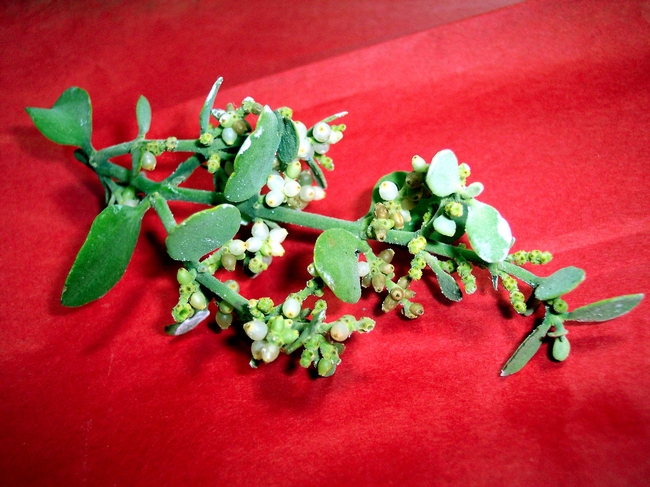
To view a list of safe and toxic plants for humans or pets visit:
http://ucanr.edu/sites/poisonous_safe_plants/
Sources:
UC ANR Safe and Poisonous Plants
California Master Gardener Handbook, Chapter 20 Poisonous Plants
